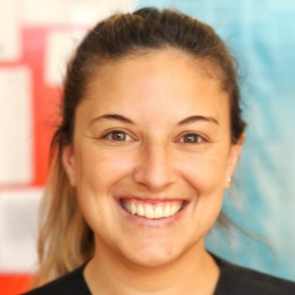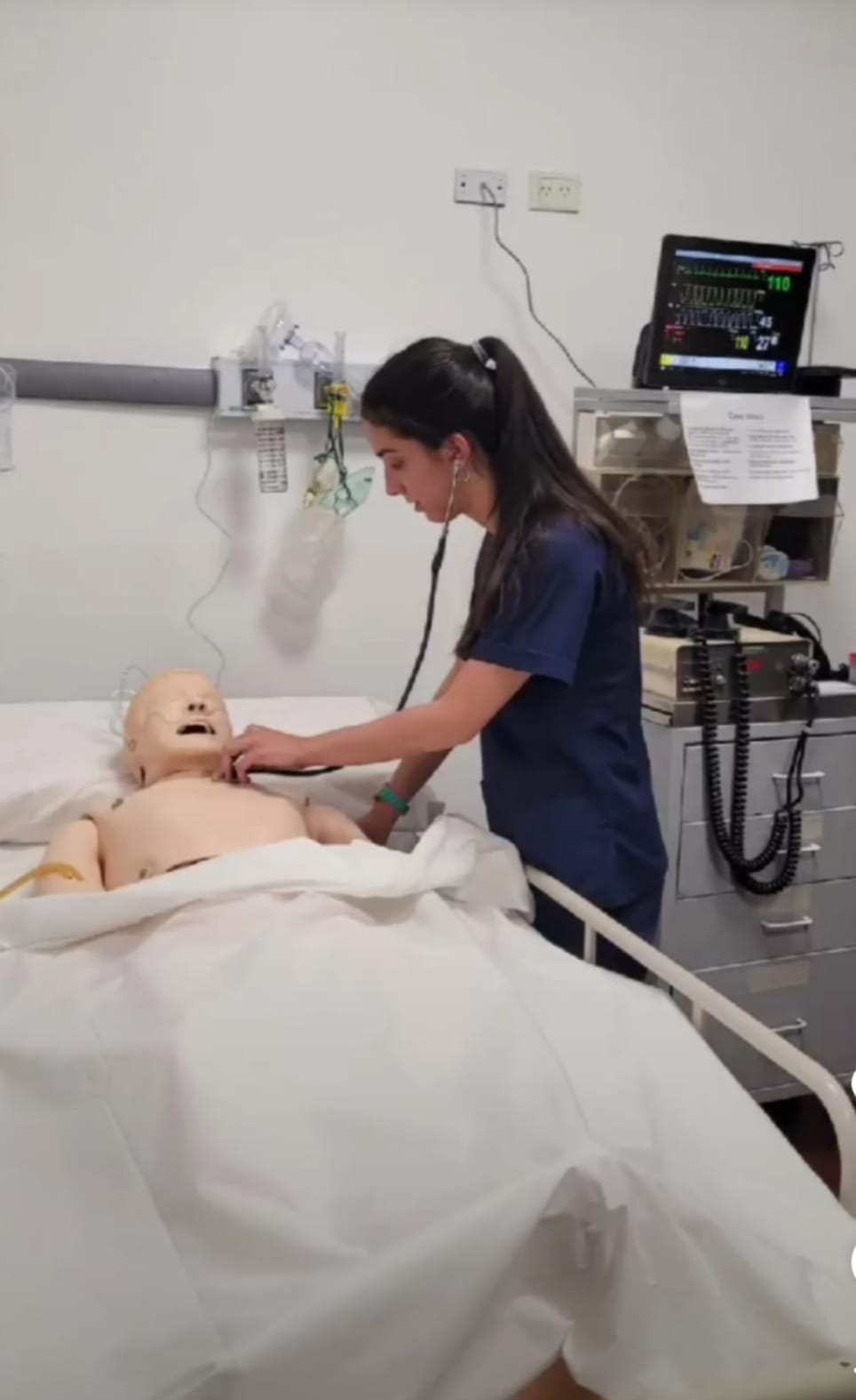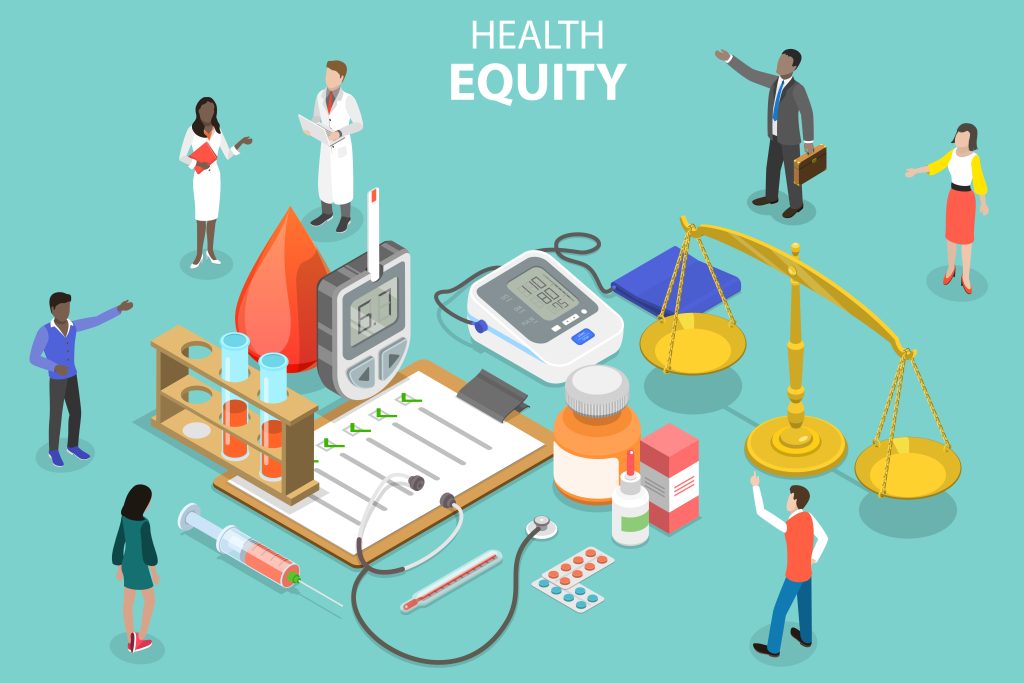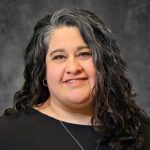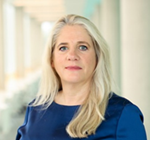Florencia Garavelli, Operational Coordinator of the University Hospital 4.0 in Rosario (Argentina), tells us about her beginnings in the world of clinical simulation.
My name is Florencia Garavelli and I live in the city of Rosario, Argentina. As an internal medicine specialist and currently resident in intensive care, I have always found myself connected to teaching in one way or another.
Six months ago I received an offer to start activities at the Simulation Center of the Inter-American Open University in my city. Without hesitation, and without asking any questions, I said yes. I’ve always liked a challenge, and this one seemed very ambitious, since I hadn’t previously done simulation work as a teacher, student, or professional.
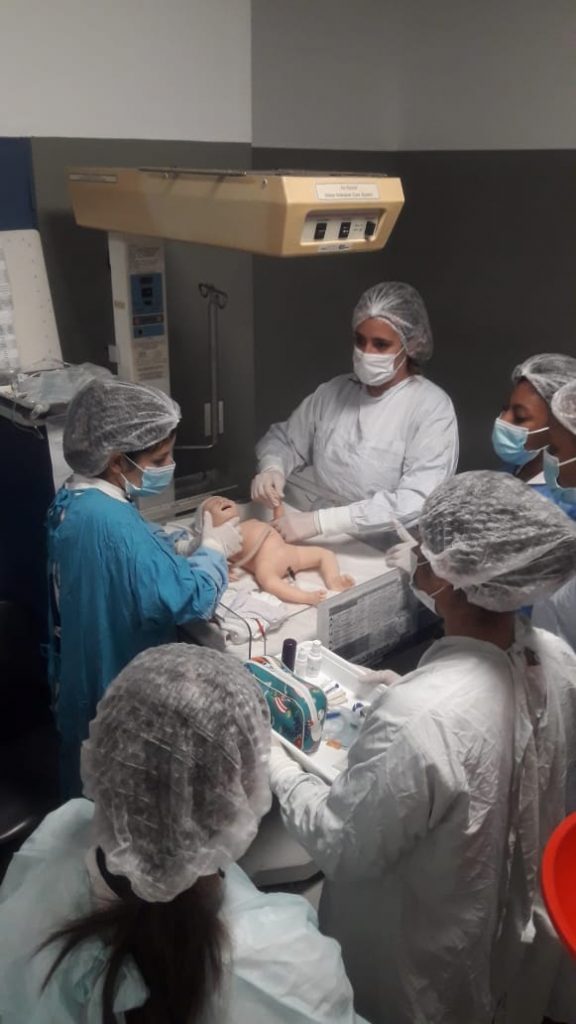
A few months went by since that first contact, and I used that time to familiarize myself with simulation. I will not deny that during those months I asked myself over and over again, what did I get myself into?, and even more when they told me that my job would be that of Operational Coordinator of the University Hospital 4.0. Hearing those words made me feel joy, pride, anxiety, fear. The same emotions that I have every day when I enter the University Hospital, and which I hope to continue to have, since I am convinced that they are the driving force behind the realization of any project.
The inauguration of the University Hospital 4.0 Sede Rosario finally arrived on September 15, 2022. The facilities include a reception room identical to that of any hospital, an intensive care area, a hospitalization room, a pediatric/neonatology room, three outpatient clinics and an operating room. In each of these sectors we have gesell cameras that allow us to check the activities that are carried out and to coordinate them from our two control rooms. And finally, in my opinion, the most important place – the debriefing room.
During the first few days, there wasn’t much flow of students, which made me impatient. I had come to wonder if it would work. Sin embargo, However, two weeks later we already had activities from Monday to Saturday, in the morning, afternoon and night shifts, in Medicine, Nursing, Surgical Instrumentation, Kinesiology and Physiatry, Nutrition, Bioimaging and Psychology.
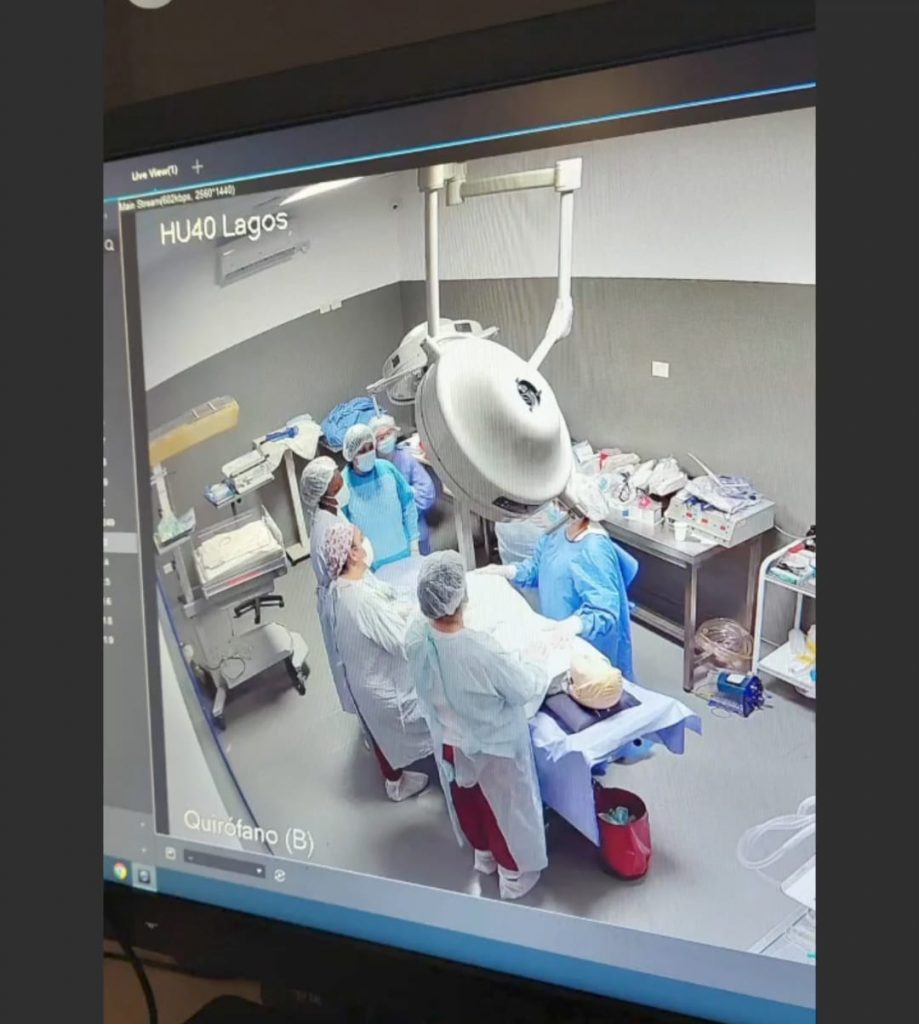
Today, a few months after the beginning of this adventure, I find myself writing about my journey for this magazine, which made me very happy and allowed me to relive what happened, and to tell my little experience which I hope will grow over time.
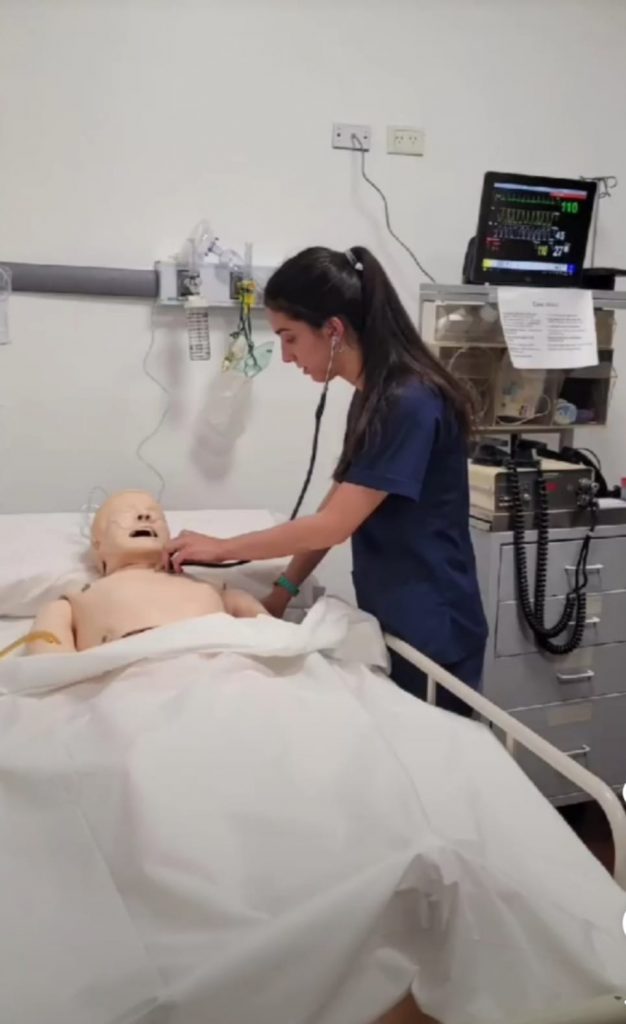
I can say that every day presents a different challenge. Given the significant flow of students who attend the University Hospital, I set myself the following goals: to be able to find the best ways for teachers to carry out their activities by achieving the proposed learning objectives; that teachers understand the differences between a skills lab and high fidelity; achieve some homogeneity in the way workshops and scenarios are taught; being able to get everybody to speak the same language (making the concepts of pre-briefing and debriefingclearer, for example); let people know that the most important part of our simulation activity is the debriefing and all that this entails; carry out activities focused on the development, by the student, of communication and relationship strategies (health professional-patient, professional-professional, communication of bad news); organize and coordinate the timetables of the various degree courses in a practical and dynamic way for the teacher; propose innovative activities in addition to those already known and frequently carried out in simulation; continue to improve myself, constantly attending courses and activities.
Knowing that I still have a long way to go, I am confident that clinical simulation is today an effective teaching and learning method, which allows healthcare professionals to acquire the necessary skills to achieve the proposed objectives, and offers the advantage of training in a lifelike setting.
READ ALSO


